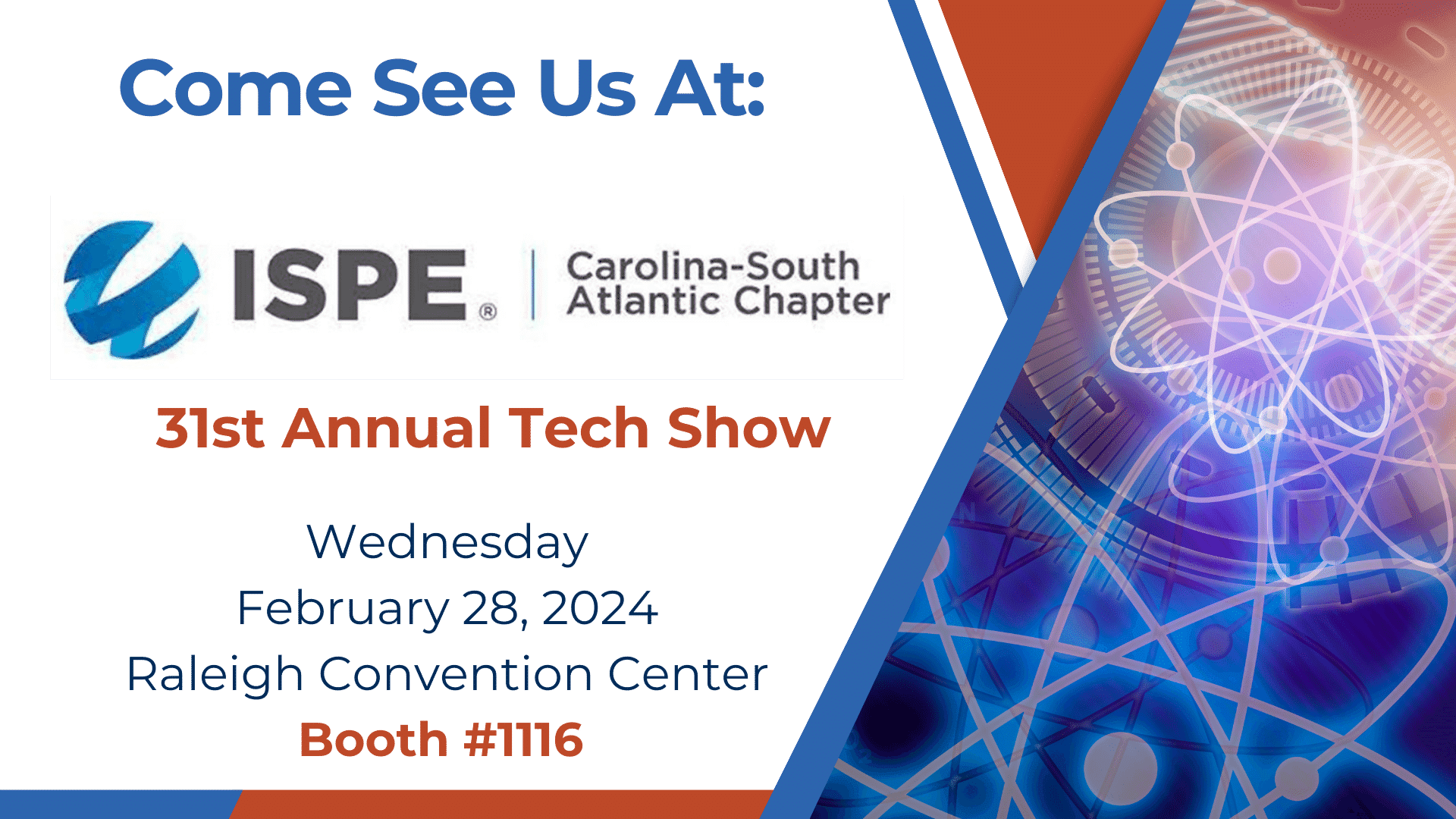The power industry is facing several challenges, including the need to improve efficiency, reduce costs, and meet elevated environmental regulations. With the available workforce decreasing and facilities looking toward digital transformation, investing in a platform capable of facilitating these requirements is almost a necessity. As these systems continue to become more and more technical, the need for a real-time data management software platform that can help power plants address these challenges is increasing exponentially. That’s where the AVEVA PI (formerly OSI PI) Historian can come into play. Capable of providing a central repository for plant data, enabling operators to monitor and analyze plant performance in real-time, AVEVA PI is able to positively influence critical decisions that may need to be made on the fly. This information can be used to identify and resolve operational issues, increase efficiency, and optimize plant operations. Benefits of AVEVA PI AVEVA PI’s advanced capabilities are a result of its origins. AVEVA acquired OSIsoft’s PI system when they acquired the company in 2021. They then combined OSI’s strengths: real-time data acquisition and analysis, with AVEVA’s strengths: engineering and operational software applications, to create an automation platform with improved visibility, decision-making, performance, and security. 3 big benefits this particularly dexterous PI historian has to offer: Increased Efficiency With it becoming more difficult than ever to staff positions in this industry, and the power plant workforce projected to decline by 10% over the next ten years, increasing and improving efficiency is key in ensuring projected output. AVEVA PI Historian can help power plants improve efficiency by providing centralized, real-time insights into plant performance. This information can be used to identify and resolve operational issues, improve process control, and optimize asset utilization. Reduced Costs You don’t know what you don’t know. At a glance, you may think everything is performing optimally, but there … Continued






